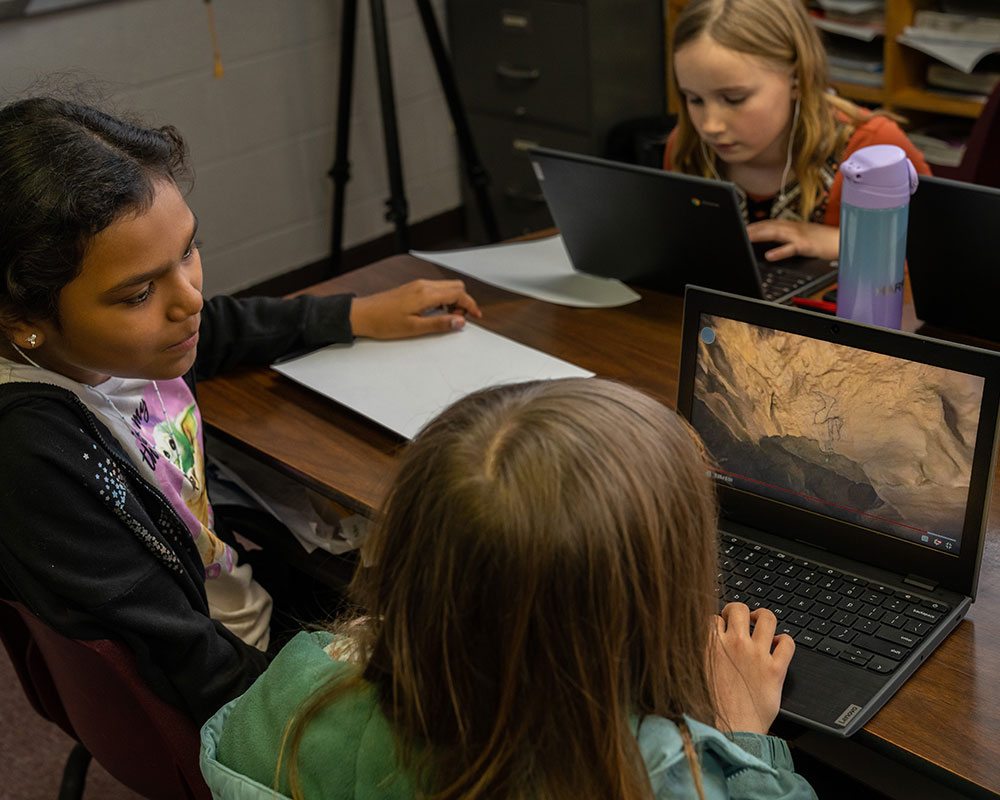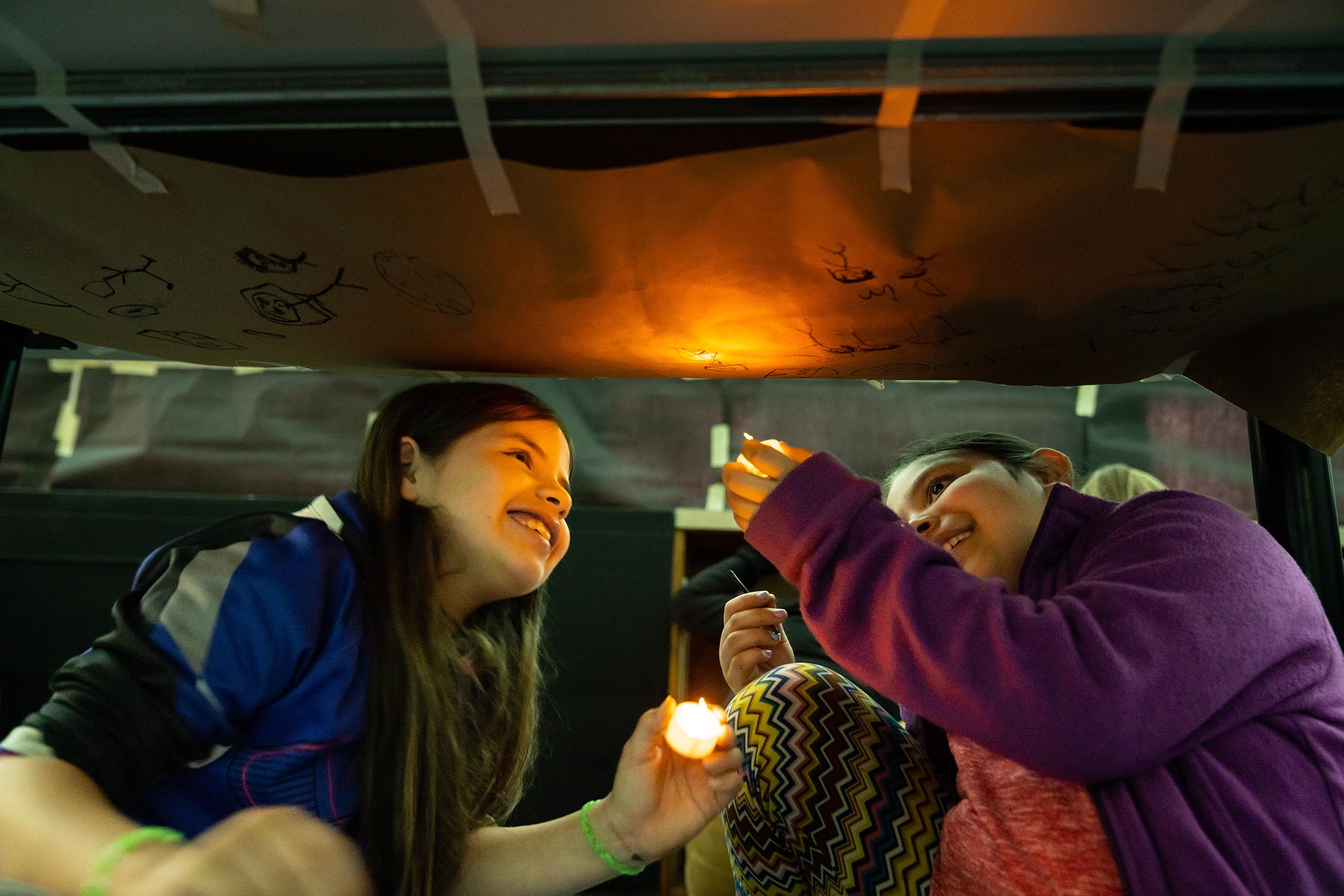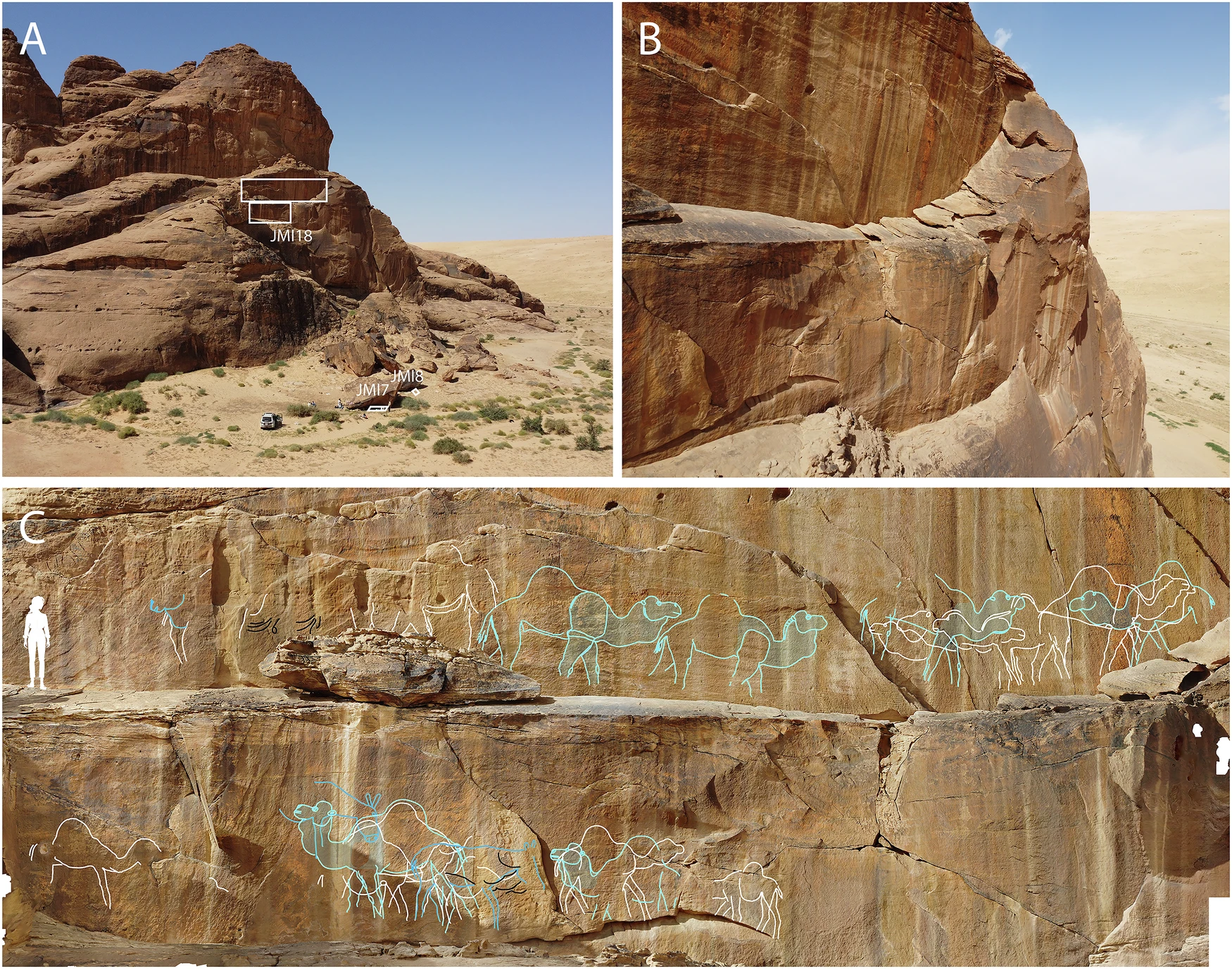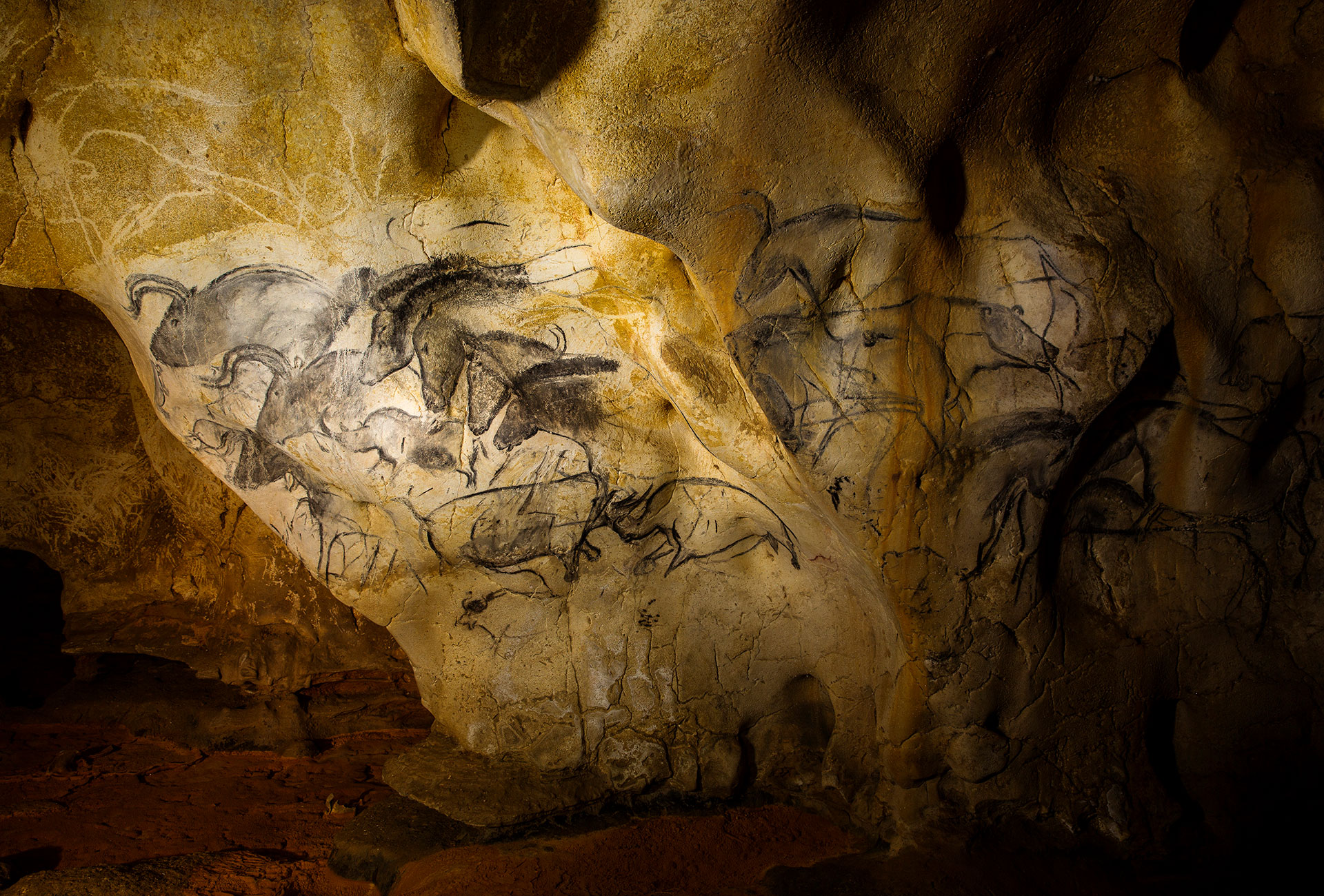One of the significant challenges in education today is engaging children with opportunities to think critically and to creatively express their ideas.
Piloted in Tennessee and Oklahoma, our first rock art activity hit the mark. Kids discovered how symbols can convey multifaceted meanings, capturing events and knowledge, cultural beliefs and stories, and individual self-expression. They reflected on their own identifies and stories, comparing themselves with those original artists, then created unique artwork that demonstrated their understanding of the purpose and power of iconography today. On top of that, they had fun! Over a year has passed, and they’re still talking about their experiences.
This kind of lasting impact is precisely what we aim to achieve in education—lessons that inspire new perspectives, a deeper understanding of the world, and greater self-awareness.
To build on this success, we’re moving forward with the process of developing four additional activities, each designed to be equally engaging and educational.

The Heart of Our Process: Collaboration and Insight
This next phase of our journey began with a collaborative Zoom call featuring our our Native American collaborators. We asked them what they felt was crucial for children to learn. Their insights were invaluable, revealing two key themes that might seem contradictory but are deeply connected: fostering pride in America’s deep history and dismantling stereotypes. They emphasized the importance of creating a sense of connection and belonging through our educational activities.
From this rich discussion, our dedicated education team grouped ideas into content areas for four new activities. Together, we crafted big questions to guide our new activities, such as “Who were the people who made rock art?” and “Why did people make rock art?” These questions, though seemingly straightforward, are pathways to deep and engaging content.

The Road Ahead: More Collaboration and Innovation
On August 11th, we hosted a conference at the Denver Art Museum with a dozen experienced educators from museums, traditional classrooms, and Boys and Girls Clubs — including the director of a Club serving Native American children. The day was dynamic, leveraging the insights and expertise of each person’s unique background. The educators provided culturally sensitive feedback on textual and digital content, tips for practical implementation, and detailed prototypes for hands-on activities that promote curiosity and understanding.

A crucial aspect of our new activities is the integration of Virtual Reality (VR). VR offers a unique way to bring timelines and historical events to life, making learning more immersive and engaging. During the conference, we showcased examples of VR applications and sought input on how best to incorporate this technology. By animating rock art sites and historical milestones, we aim to provide a vivid sense of time and history, highlighting the extensive presence of Indigenous peoples long before European settlers arrived.
Through collaboration, innovation, and the thoughtful use of technology, we’re excited to create educational experiences that are not only informative but also deeply transformative for children. These activities are more than lessons; they are pathways to a deeper understanding of our history, our identities, and our shared human experience.






